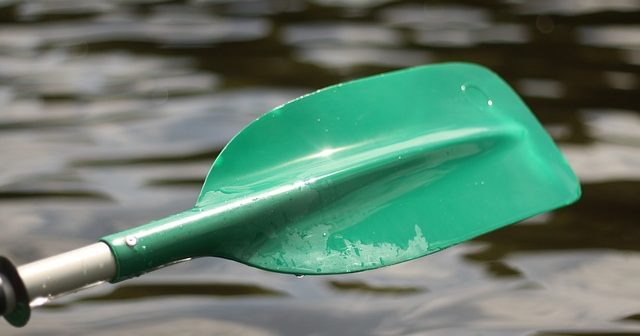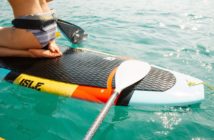Paddling is good for the body, but it’s a physical activity. All physical activities come with the risk of injury. While most people never get injured via kayaking, it is possible to sustain an injury out on the water.
Today, we want to talk about the 3 common paddling injuries and how to avoid them.
There are two main categories of injuries. They are repetitive and acute. Repetitive injuries happen because the same motions are being repeated time and time again. A paddler might suffer a repetitive strain injury, such as carpal tunnel syndrome, because the paddler’s hand needs rest. The person’s hand is being adversely affected by repetitive stroke movements.
Acute injuries happen due to trauma. For example, a whitewater kayaker might hit a rock while riding the rapids and then break a bone or get a bruise. Reducing the risk of trauma-related injuries is mostly about mastering safety techniques and wearing the right protective gear.
Here are some injuries that are commonplace among paddlers. They are repetitive injuries. There are ways to reduce the risk of suffering from all of these forms of repetitive strain.
Tendonitis
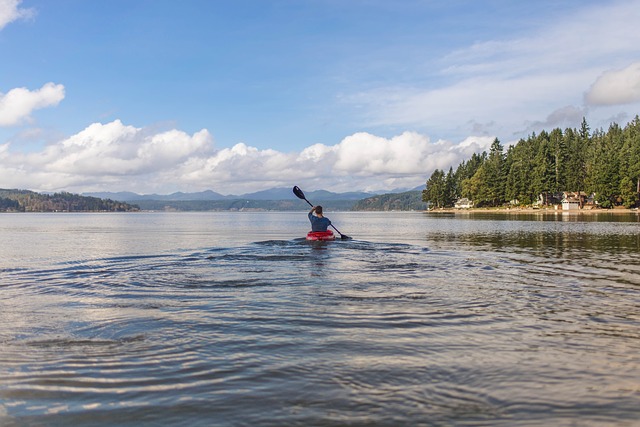
One common paddling injury is tendonitis. It may also be referred to as tenosynovitis.
Wrist, shoulder and elbow tendonitis are very common injuries among paddlers. Elbow tendonitis is also common among tennis players and that’s why it’s nicknamed, “tennis elbow”.
Tendonitis is more likely to happen towards the end of the paddling season, when the repetitive movements used to paddle effectively have been happening a lot over a fairly long time frame.
This condition is characterized by inflammation and irritation of the tendons which surround the wrist joint, shoulder joint or elbow joint.
There are a lot of tendons around these three joints. Generally, the condition affects a single tendon. However, in some cases, two or a greater number of tendons will be affected.
If you feel discomfort in your wrist, shoulder or elbow while paddling or after a paddling outing, you may be suffering from tendonitis. Some people feel discomfort only when they are straining the affected body part. This may lead to chronic pain later on.
Stiffness and swelling may occur when tendonitis is present. The afflicted area may become tender and the area may hurt when pressure is put on it.
How to Prevent Tendonitis
Warming up before you paddle will be a helpful way to prevent all three forms of tendonitis. When you warm up correctly, you’ll enhance blood flow and improve your circulation. This means that more oxygen and fuel will be delivered to your muscles. This will prepare the muscles for paddling movements and decrease the risk of tendonitis.
If you want paddling-specific warm-up moves, consider doing fifty reverse strokes and fifty forward strokes, as well as twenty “high knees” movements and twenty “forward lunge” movements.
Arm circles, torso rotations with your paddle (to the right and left) and wrist extensions will also contribute to a great warm-up.
When you get into the habit of warming up, your body will thank you.
Carpal Tunnel Syndrome
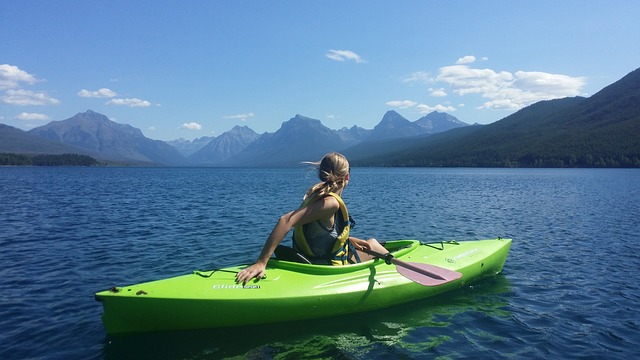
This condition causes weakness, numbness and tingling in one hand. Carpal Tunnel Syndrome is triggered by pressure on the median nerve. This nerve stretches along the arm, enters the wrist through a passage known as a carpal tunnel and stops within the hand.
The median nerve controls movements and feeling in the thumb and every other finger, except the pinky finger.
How to Prevent Carpal Tunnel Syndrome
If tingling, numbness and weakness are making time in your kayak less pleasant, you should know that changing your paddling technique may be very helpful.
One tip is to stop extreme wrist flexion movements. This movement is occasionally used while piloting a kayak. It may be avoided by substituting low horizontal paddling movements and feathered paddling movements.
Lower Back Pain (i.e. “Yak Back”)
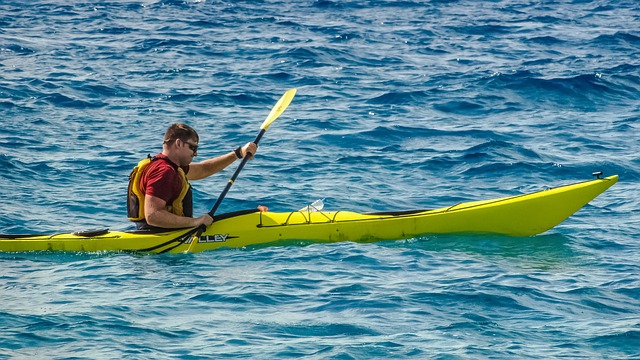
Lots of people call their kayaks, “yaks”, and they may also refer to paddling-induced lower back pain as “yak back”. People who paddle do suffer from lower back pain sometimes. Usually, it’s because they don’t use correct form.
Sometimes, it’s because they are not outfitted as they should be. If your kayak isn’t the best, maybe it’s time for an upgrade.
If you’re paddling properly and have a good kayak, you’re probably not going to experience low back pain. Correct paddling form may actually improve back health and comfort.
How to Prevent Lower Back Pain
Unless you have a pre-existing health condition which is exacerbating your back problems, you’ll need to improve your paddling technique in order to prevent recurrences of lower back pain.
You might take lessons from a qualified instructor. Doing so will allow you to correct bad habits and build stronger core muscles that support a stronger back. When you practice correct form, your core will get stronger. If you don’t want to spend money on lessons, consider video tutorials. Just be sure to refer to online resources that are trustworthy.
Whether you take lessons or not, pay attention to posture while you’re in your kayak. Sit up straight. Try not to lean back. Don’t rely on cushions or seat backs for support.
When you’re paddling, try to rotate your upper body and gain power via your core muscles. Don’t do “arm paddling”.
People who are “arm paddlers” lean back and don’t move their backs. This puts more strain on the low portions of their backs.
Paddling Pain-Free
Kayaking is supposed to feel good. It’s not supposed to hurt. Now that you know a trio of common kayaking injuries and how to prevent them, you’ll be ready to protect your body and get more out of your paddling adventures.
Our tips are practical and tried-and-true. However, they’re not designed to be a substitute for medical advice from your doctor. If your discomfort is interfering with your quality of life, be sure to ask your family physician for help.

